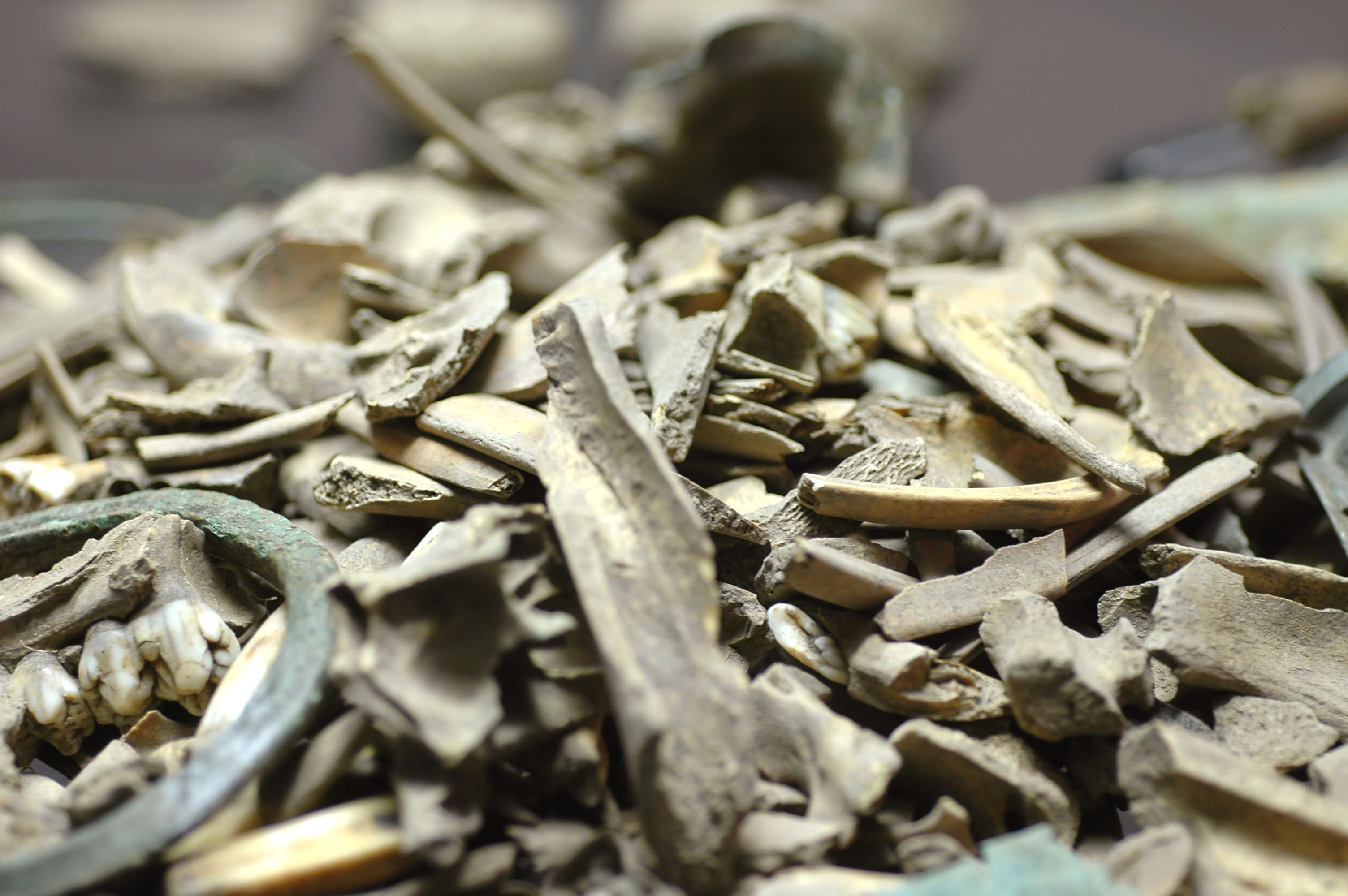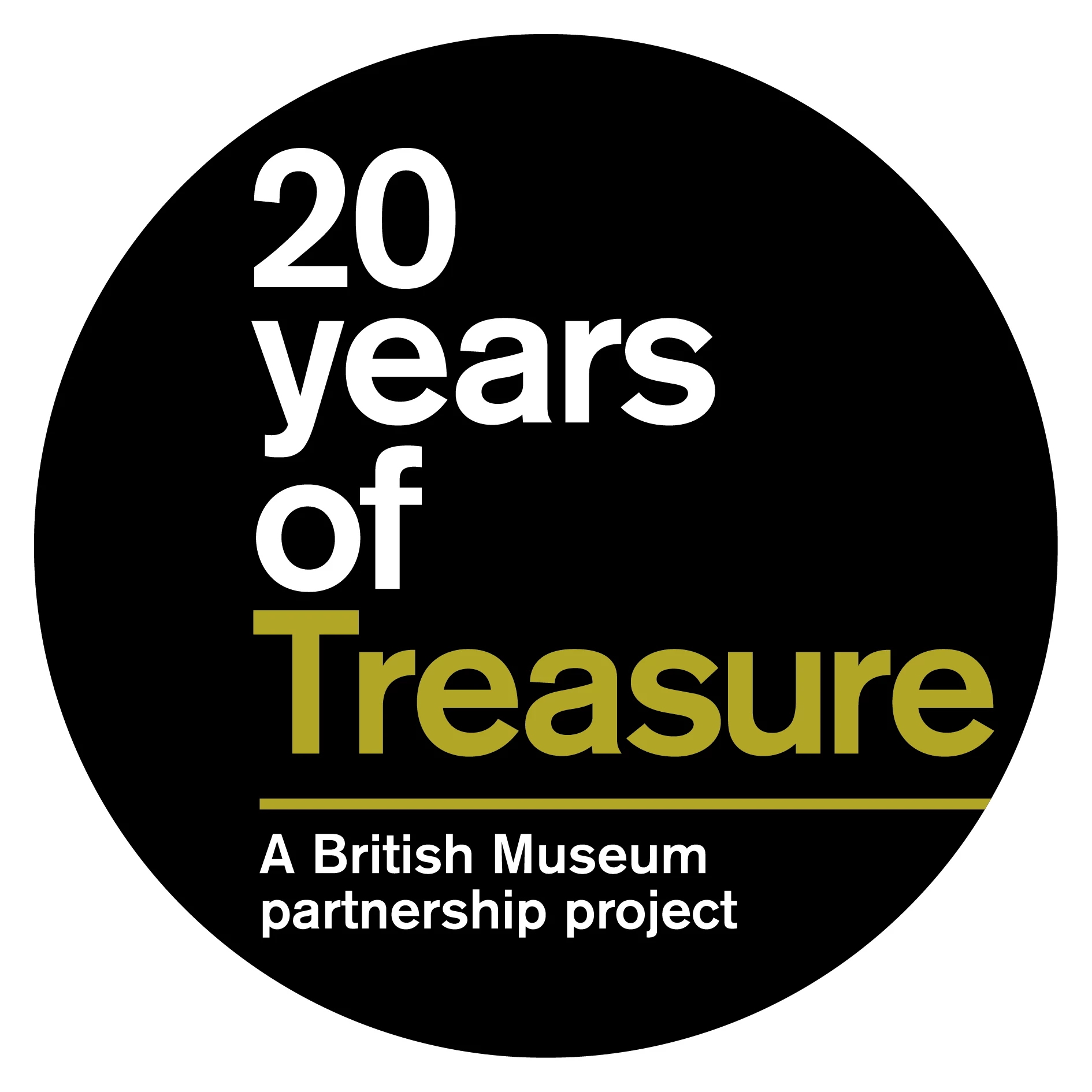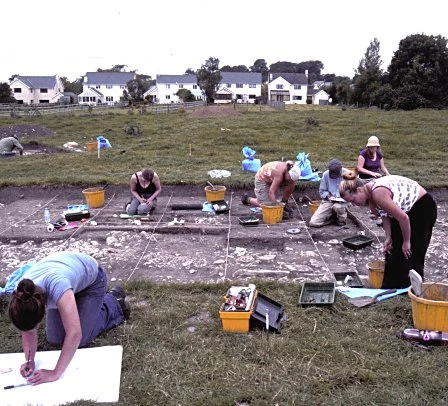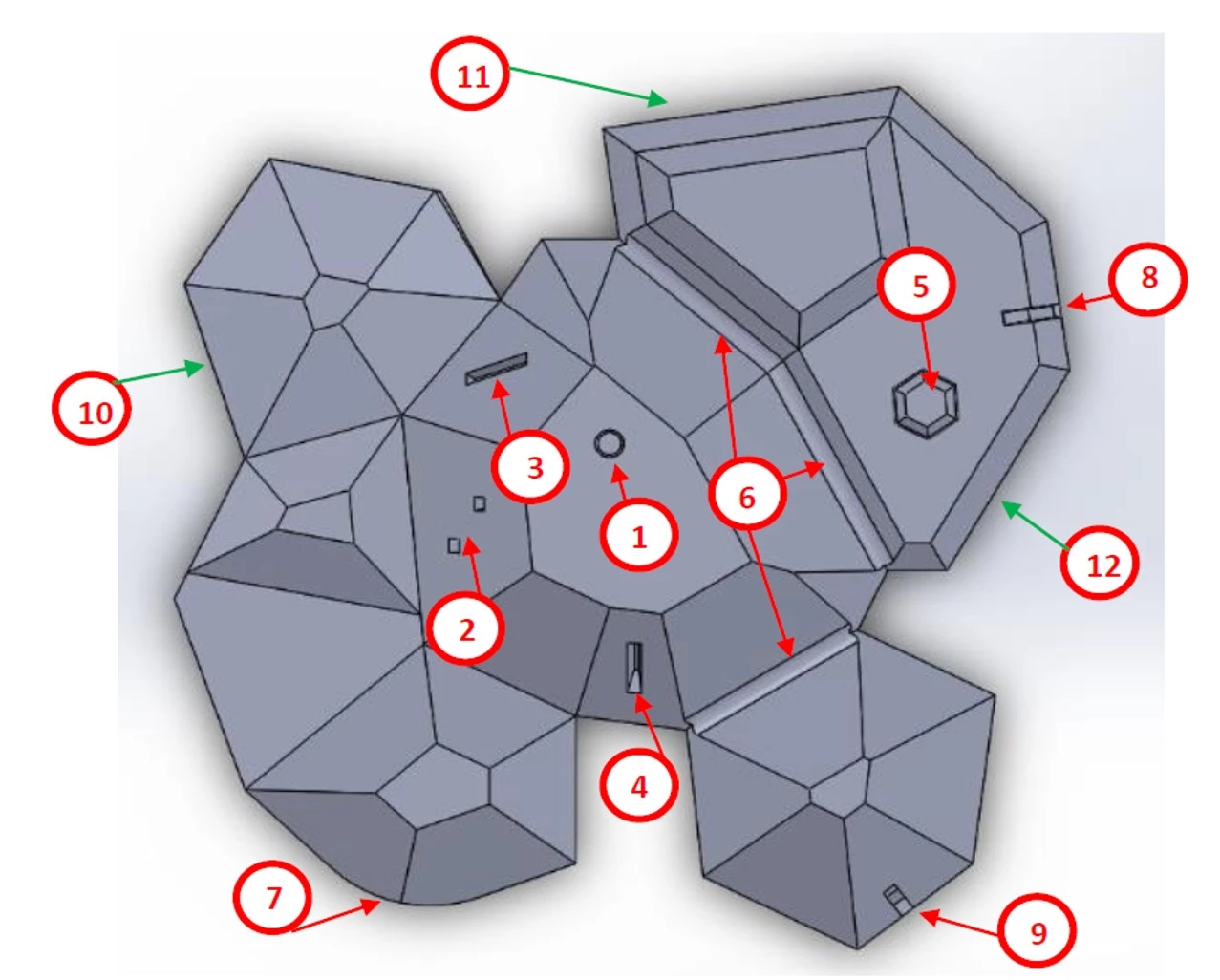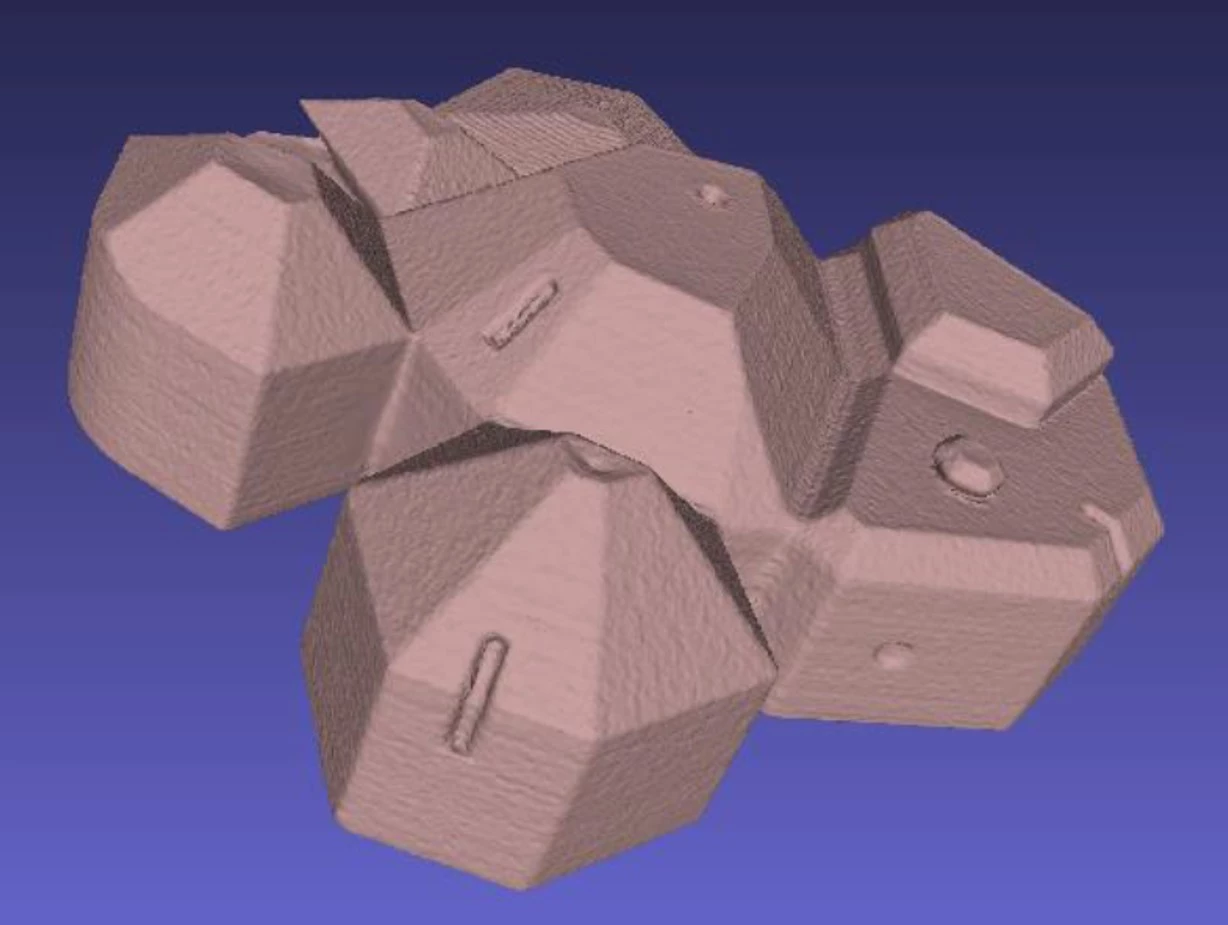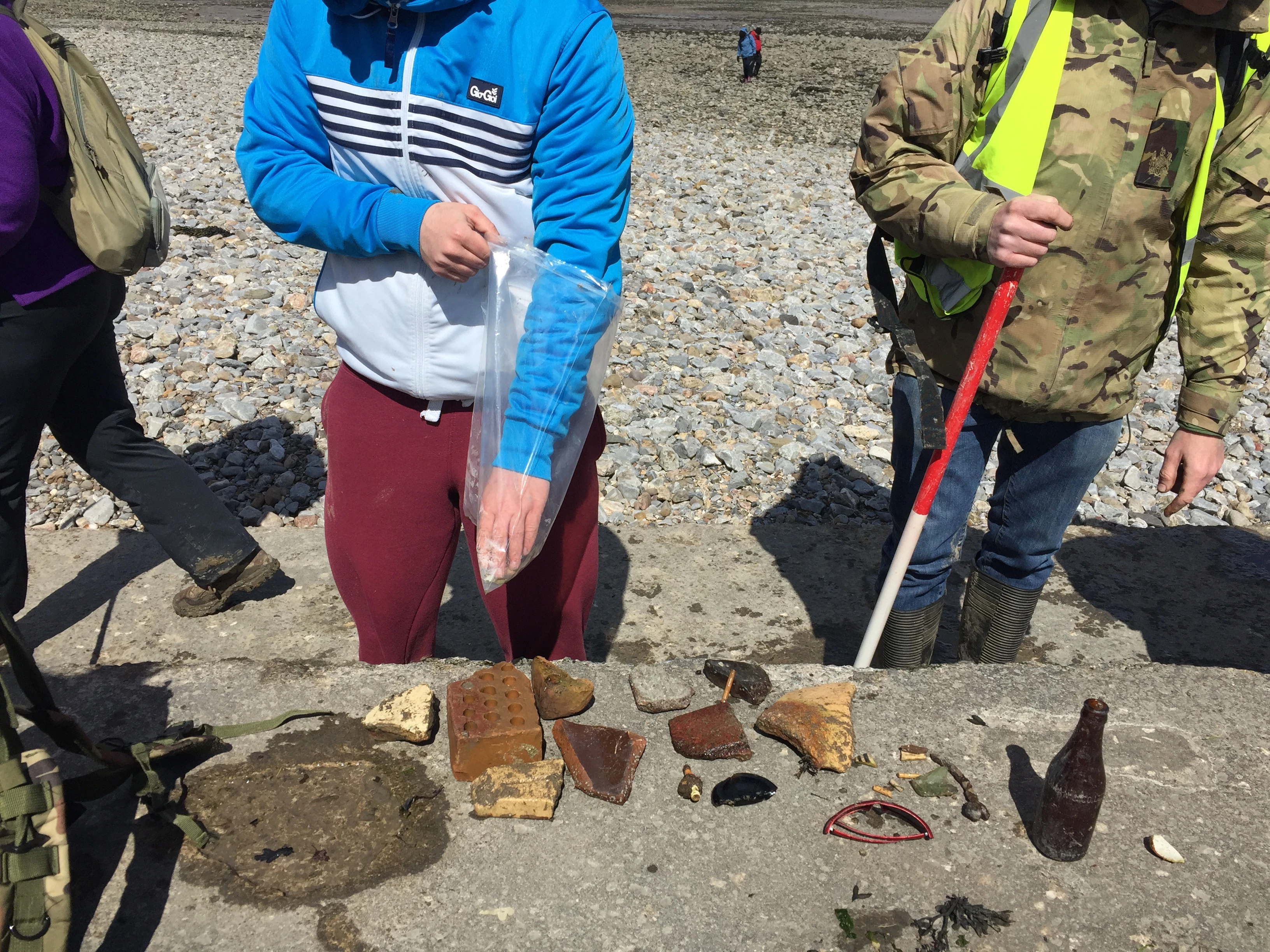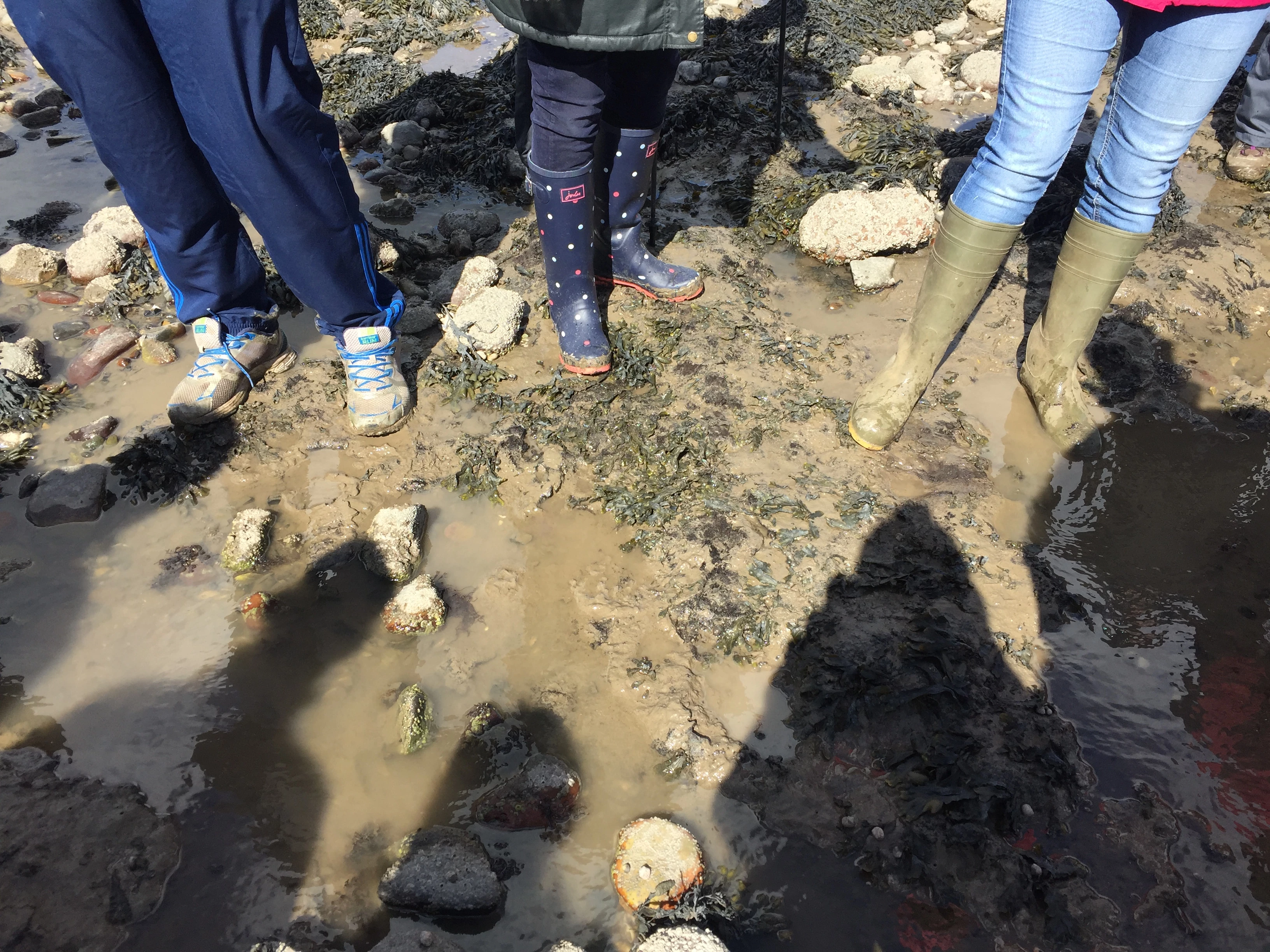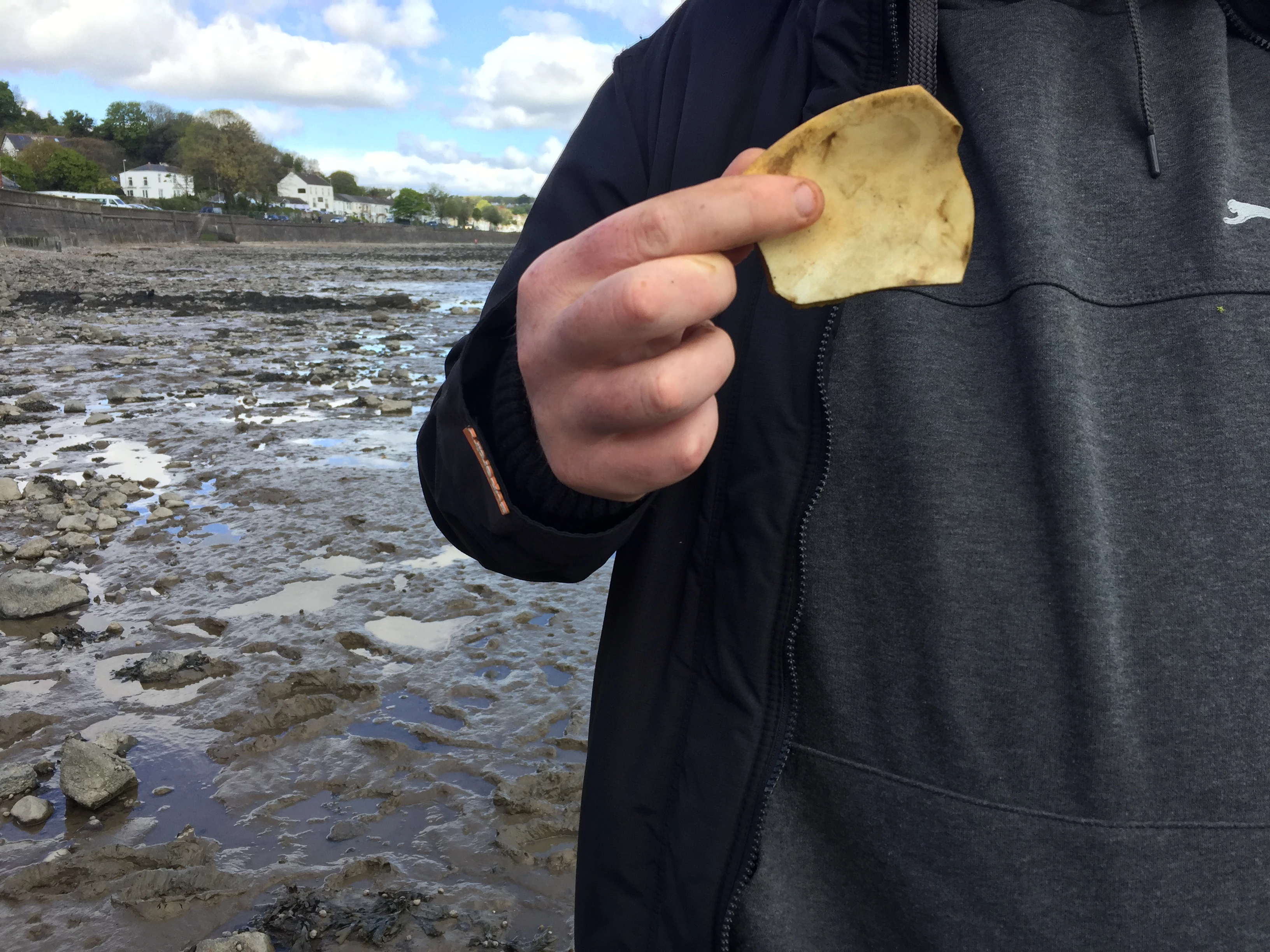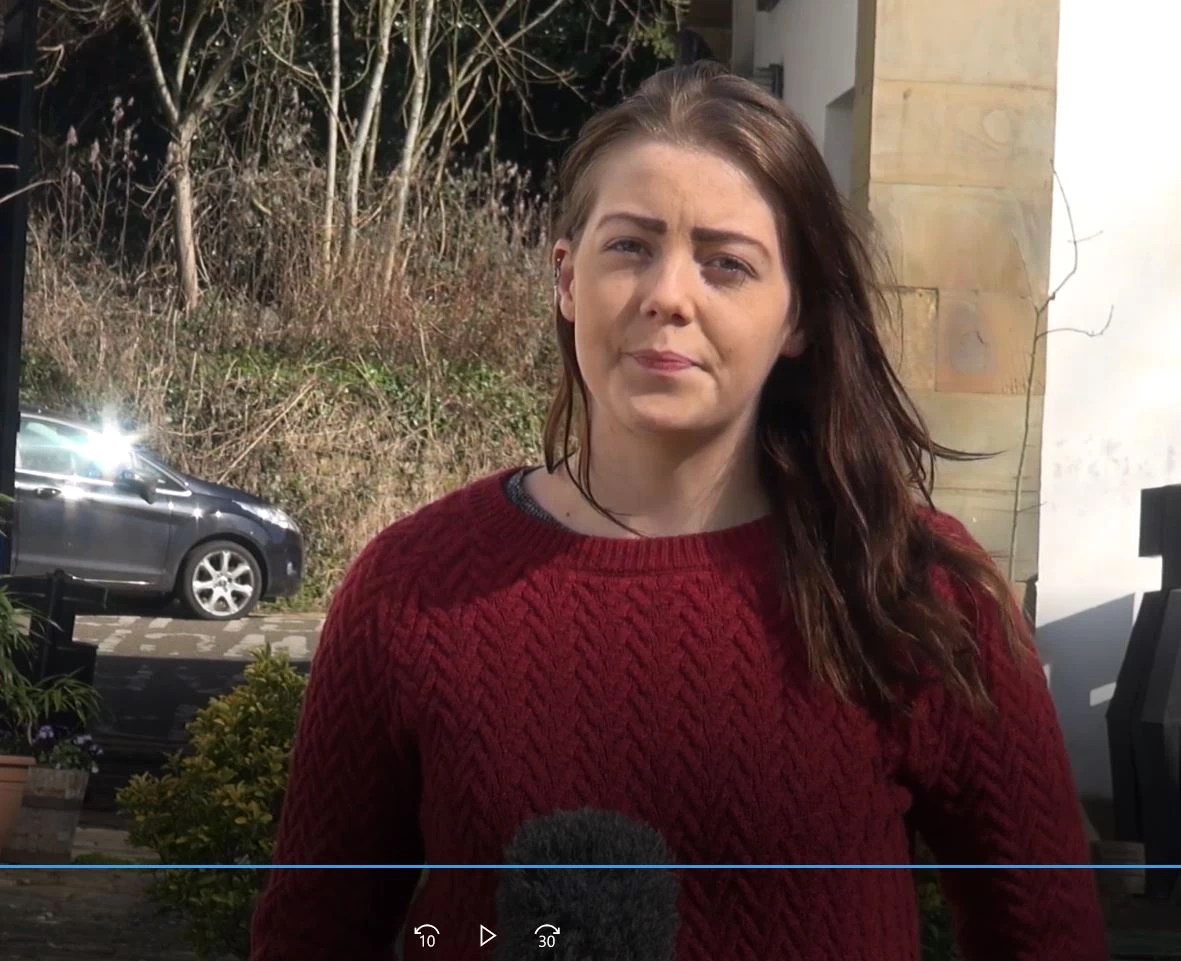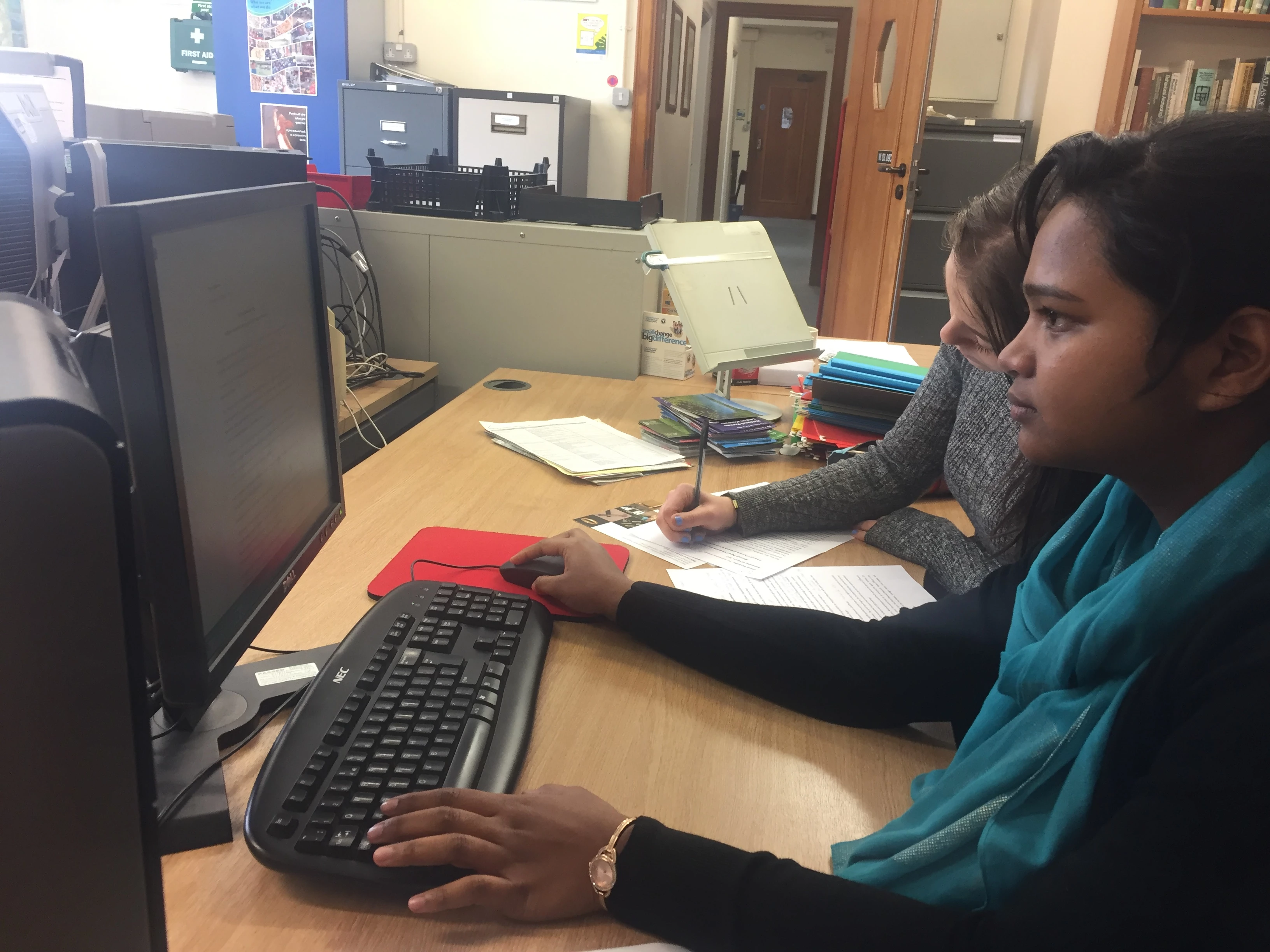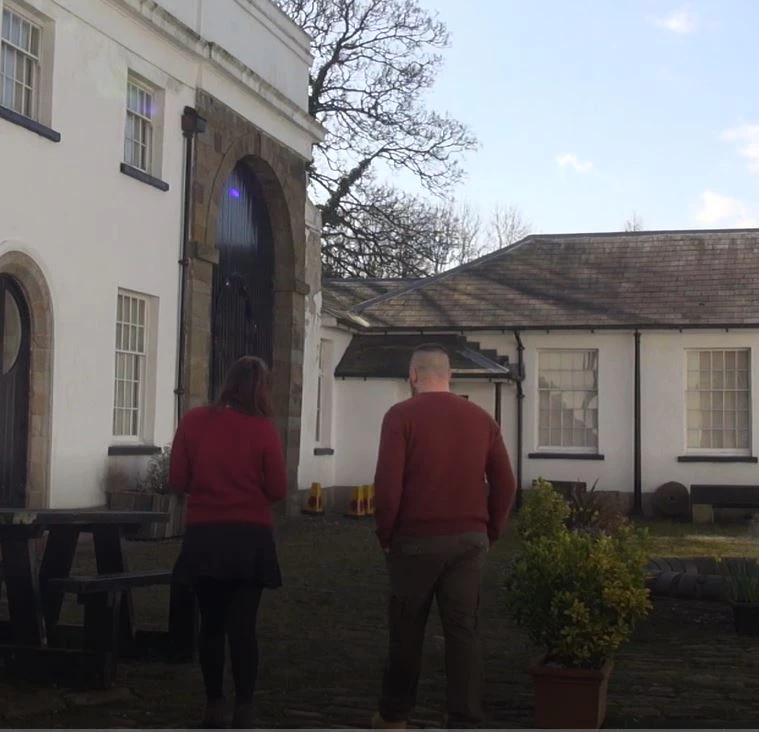Creating Botanical Windows for the Flower Show
, 5 Mai 2017
For the Royal Horticultural Society’s Flower Show in Cardiff this year, we decided to build on previous experience of creating real botanical windows. We wanted something that would form an eye-catching backdrop to the collections on display within Amgueddfa Cymru's woodland-themed marquee.
The botanical windows began in 2015 with our Museum in a House exhibit for the Made in Roath festival. We wanted a display that would reflect aspects of our Museum work as well as to represent the herbarium itself. We pressed plants following the standard method for creating herbarium specimens as shown below. In this way, plant specimens last for hundreds of years on conservation grade card and out of light in herbarium cupboards.
Method for pressing plants for long-term storage in the botany collections:
- Select a plant showing as many characters as possible – fruit, flowers, roots.
- Place between blotting paper, arranging the plant at the same time, to limit the amount of overlapping material.
- Place in a plant press and tie as tightly as possible.
- Place in a drier between 20 and 30oC.
- Change the blotting paper initially every day, and then less often until the plants are completely dry. This will take about a week.
- Attach plant to conservation-grade card (for example made from cotton) using small strips of adhesive cotton tape. Place the tape strips strategically on the plant’s stems and leaves to hold it safely on the card. This technique allows for some flexing of the card without damage to the plant and for easy removal of the plant from the card for study.
- Store out of light in an environment with humidity between 40 and 60 RH.
After pressing, we attached the plants to large sheets of tracing paper using small pieces of transparent tape strips (rather than the conservation grade materials we would normally use for the botany collections). The tracing paper was then wrapped carefully for transport to the site of the exhibit and then taped to sunny windows in the living room.
For the RHS Flower Show in 2016, we built on the initial idea but had the added complication of having to create our own windows to install in the marquee. We had nine 80 x 60 cm sheets of 2mm thick acrylic cut, with holes drilled into each of the corners for hanging. We attached the plants to these sheets using small transparent tape strips. Once at the Flower Show, we attached strong metal rings to the corner of each panel and hung the panels from the cross bars of the marquee by looping fishing line (the type strong enough to catch a 60lb fish!) through the metal rings. The only worry now was whether the ranges of temperature and humidity in the marquee would be too much for the transparent tape and we would arrive the next day to find the plants on the floor! We certainly would never subject pressed specimens from the collection to this environment. We were relieved to find that the panels held well the whole weekend – and with much praise from visitors.
In 2017, we planned to recreate the botanical windows for the Flower Show, but with a slight twist. We had a woodland theme, so we chose Welsh trees for each panel: Oak, Beech, Hazel, Hawthorn, Holly, Scots Pine, Yew and Lime. To make the display really stand out, we printed a silhouette of the tree with its Welsh, English and scientific name onto transparent material for the backdrop. We taped the transparencies onto the acrylic and then taped the pressed plants onto the transparencies as before. Unfortunately, this year was particularly warm weather – the transparent tape holding the pressed plants did not last as long on some of the panels, so remedial work had to be carried out to keep the display looking good.
Read about the RHS Flower Show in 2017:
Find out more on our Made in Roath ‘Museum in a House’ installation in 2015 and the RHS Flower Show in 2016
